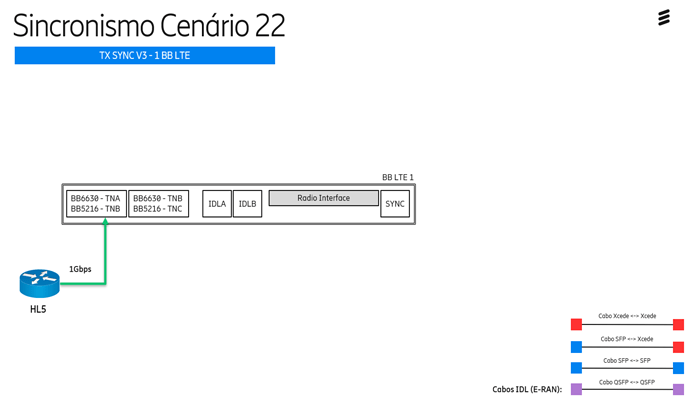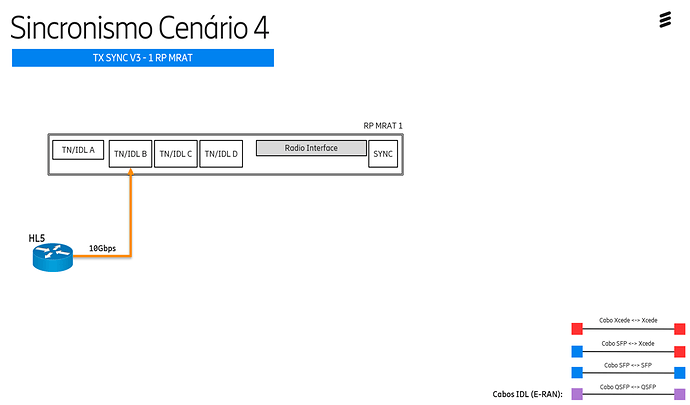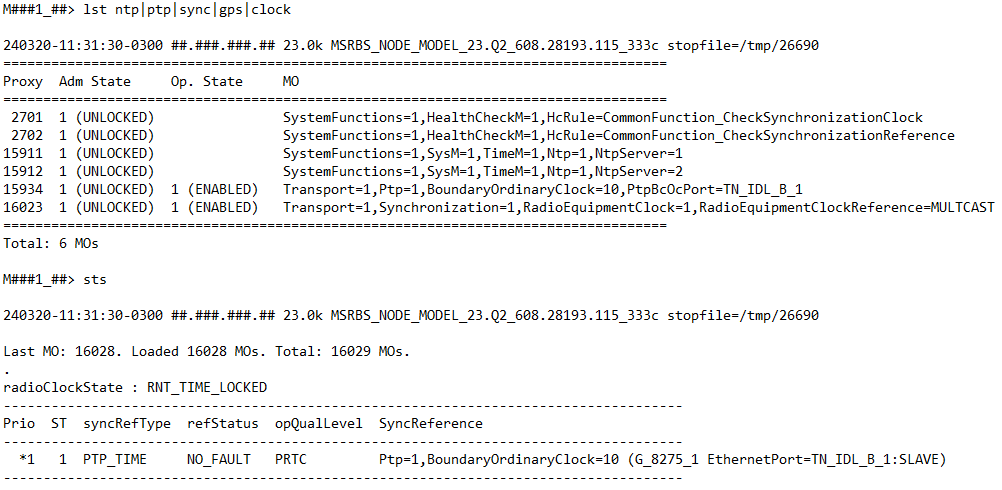Synchronization of 4G and 5G Sites
In the mobile network landscape, synchronization is essential to ensure the efficient operation of 4G and 5G sites. This is because radio equipment must be perfectly synchronized to avoid interference and ensure high-quality data transmission. Synchronization can occur in different ways, and here we will discuss the UNICAST and MULTICAST models.
What is UNICAST and MULTICAST Synchronization?
-
UNICAST Synchronization: In this type of synchronization, communication occurs between a specific server and the client (the site). The site receives synchronization information in a dedicated manner, ensuring all equipment is aligned with a single reference source.
-
MULTICAST Synchronization: In MULTICAST synchronization, the synchronization is sent from a single source to multiple sites simultaneously. This reduces the need for multiple transmissions and allows several sites to use the same reference source, optimizing the use of network resources.
Key Differences Between UNICAST and MULTICAST Synchronization
-
UNICAST operates with point-to-point communication, where each site receives its own synchronization reference. This is advantageous when a dedicated and precise connection between the equipment is required.
-
MULTICAST shares the synchronization reference with multiple sites, making the process more efficient in scenarios where multiple sites can use the same synchronization source.
Example of UNICAST Synchronization
Here we have a generic site where the synchronization type is UNICAST. The command used to check the synchronization status was:
st sync|ptp|ntp|clock
In the output of this command, we observe various detailed information:
Proxy Adm State Op. State MO
===================================================================================
15297 1 (UNLOCKED) SystemFunctions=1,SysM=1,TimeM=1,Ntp=1,NtpServer=1
15319 1 (UNLOCKED) 1 (ENABLED) Transport=1,Ptp=1,BoundaryOrdinaryClock=1,PtpBcOcPort=1
15321 1 (UNLOCKED) 1 (ENABLED) Transport=1,Ptp=1,BoundaryOrdinaryClock=2,PtpBcOcPort=1
15351 1 (UNLOCKED) 1 (ENABLED) Transport=1,Synchronization=1,RadioEquipmentClock=1,RadioEquipmentClockReference=1
15352 1 (UNLOCKED) 1 (ENABLED) Transport=1,Synchronization=1,RadioEquipmentClock=1,RadioEquipmentClockReference=2
The output shows that the administrative state of the system is unlocked (UNLOCKED) and that PTP (Precision Time Protocol) synchronization is enabled on different ports and modules, such as BoundaryOrdinaryClock and PtpBcOcPort. Furthermore, both the RadioEquipmentClock and its references (RadioEquipmentClockReference) are active, which is essential for the operation of mobile sites. This comprehensive view allows for a more detailed analysis of the synchronization topology and confirms effective communication between transport and synchronization modules.
This information aligns with the diagram, which represents the UNICAST synchronization topology, where point-to-point communication occurs with a 1 Gbps throughput.
Example of MULTICAST Synchronization
Here we have a generic site where the synchronization type is MULTICAST. The command used was:
lst ntp|ptp|sync|gps|clock
And also:
sts
In the output of these commands, we can observe something similar to the following example:
Proxy Adm State Op. State MO
===================================================================================
2701 1 (UNLOCKED) SystemFunctions=1,HealthCheckM=1,HcRule=CommonFunction_CheckSynchronizationClock
2702 1 (UNLOCKED) SystemFunctions=1,HealthCheckM=1,HcRule=CommonFunction_CheckSynchronizationReference
15911 1 (UNLOCKED) SystemFunctions=1,SysM=1,TimeM=1,Ntp=1,NtpServer=1
15912 1 (UNLOCKED) SystemFunctions=1,SysM=1,TimeM=1,Ntp=1,NtpServer=2
15934 1 (UNLOCKED) 1 (ENABLED) Transport=1,Ptp=1,BoundaryOrdinaryClock=10,PtpBcOcPort=TN_IDL_B_1
16023 1 (UNLOCKED) 1 (ENABLED) Transport=1,Synchronization=1,RadioEquipmentClock=1,RadioEquipmentClockReference=MULTICAST
radioClockState : RNT_TIME_LOCKED
-------------------------------------------------------------------------------------
Prio ST syncRefType refStatus opQualLevel SyncReference
-------------------------------------------------------------------------------------
*1 1 PTP_TIME NO_FAULT PRTC Ptp=1,BoundaryOrdinaryClock=10 (G_8275_1 EthernetPort=TN_IDL_B_1:SLAVE)
These commands show the synchronization and radio equipment clock status. We note that both the administrative and operational states are unlocked, with several synchronized clock references, such as NtpServer and RadioEquipmentClockReference. The command also reveals that the radioClockState is in RNT_TIME_LOCKED, meaning it is properly time-locked. Additionally, the SyncReference block highlights the accuracy of PTP_TIME with no faults (NO_FAULT), ensuring that the operation is aligned with the BoundaryOrdinaryClock configured for 10 Gbps.
This corresponds to the diagram, which illustrates a MULTICAST scenario, where the throughput is 10 Gbps.
Final Considerations
Synchronization is vital to ensuring the correct operation of 4G and 5G sites. The UNICAST model offers a dedicated and precise approach to synchronizing each site individually, while MULTICAST enables the simultaneous distribution of synchronization to multiple sites, optimizing network efficiency. With these examples, we can see the importance of choosing the appropriate synchronization model depending on each network’s needs.
Take a look at the application of the commands:
UNICAST
MULTCAST
LinkedIn (in Portuguese): ![]()



